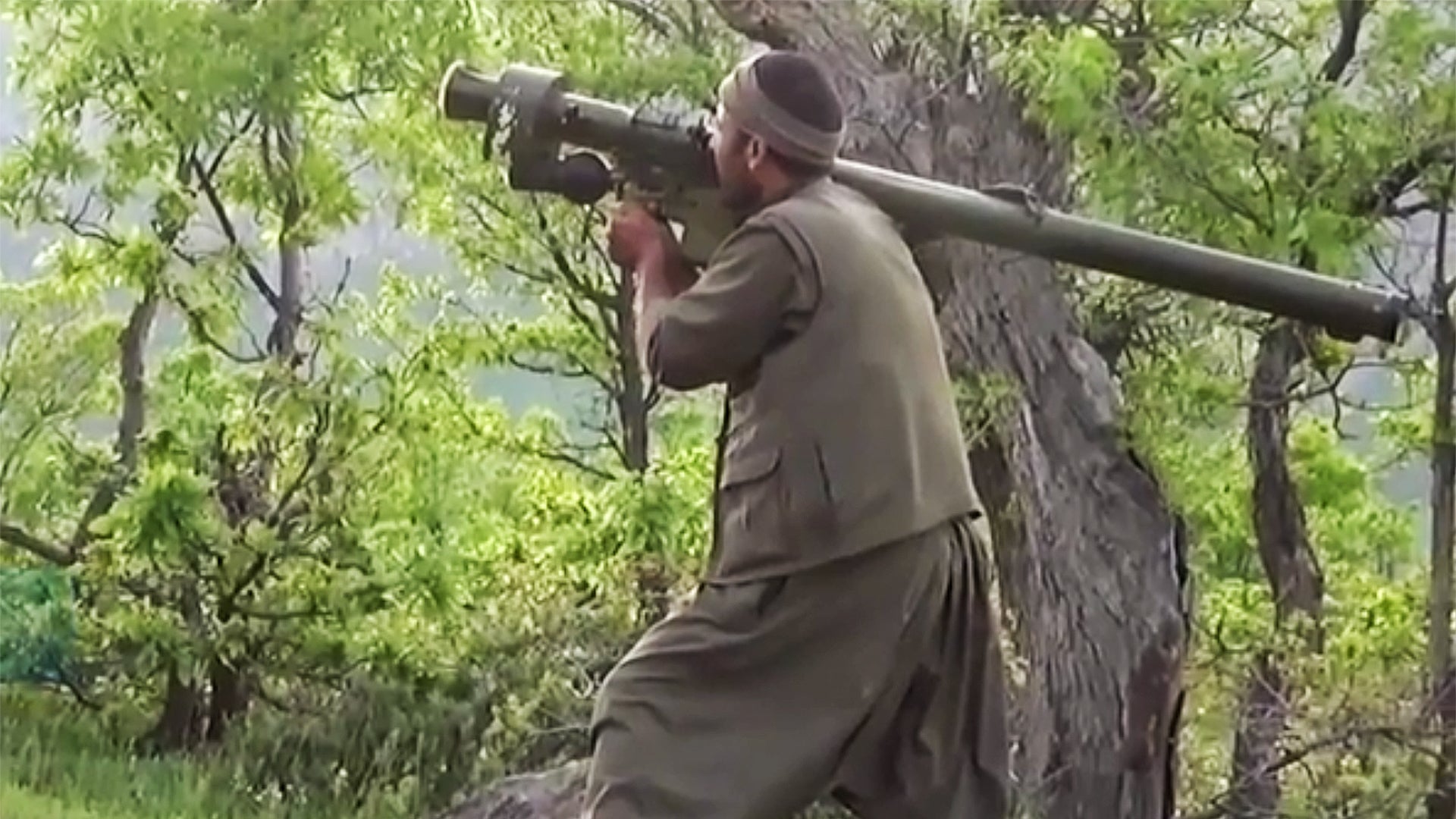Both the military and political wars in Syria and Iraq have greatly complicated the fight against ISIS. Though the self-proclaimed caliphate represents a largely common foe, the threat posed by it hasn’t quelled existing conflicts in the region. One of those is the deep hatred and seemingly perpetual warfare between the Turkish Government and the Kurdish sub-faction known as Kurdish Workers Party, or more commonly as the PKK. Turkey sees the PKK as a terrorist organization and treats them as such even though they have been among the most potent anti-ISIS fighters on the battlefield.
Even though Turkey formally entered the anti-ISIS coalition last year, opening up basing for US and coalition aircraft and putting its own massive aerial arsenal to work, it bombed PKK facilities and ISIS ones on the same opening night of airstrikes. US special operations soldiers are actively supporting and working with Kurdish YPG fighters, which have strong ties to the PKK. It is a tangled situation.
The bloody tit-for-tat warfare between the PKK and the Turkish government has hit a new pinnacle with the video released today showing a PKK fighter shooting down a Turkish AH-1 Cobra attack helicopter with a man-portable air defense system (MANPADS). The dramatic footage shows the missile, which appears to be a Russian designed SA-7 derivative, streaking into the sky and blasting the Cobra to pieces. A day ago, PKK forces claimed responsibility for the downing of the Cobra, while Ankara claimed it was a technical failure. If a heat-seeking missile breaking an aircraft in half is seen as technical failure, that would be accurate.
The introduction of MANPADS into conflicts—especially insurgencies—can dramatically level the playing field when it comes to the use of rudimentary airpower against a lightly equipped foe. This most famous occurred in Afghanistan in the 1980s, when the CIA furnished FIM-92 Stinger MANPADS to Mujahedeen getting clobbered by Russian attack helicopters and close air support jets. The introduction of this single weapon system to the conflict turned the war against Russia and brought about its defeat—a move that helped speed the end of the Cold War.
MANPADS also were prominently used recently in the conflict in eastern Ukraine, where Russian-backed separatists swatted Ukrainian aircraft from the sky. Even Russia’s use of airpower in Syria was curtailed by the eventual introduction of MANPADS into the conflict via Arab Gulf States that have actively backed Syrian rebel forces. This could have been a serious factor in Russia pulling its fixed-wing combat jets, which are poorly suited for defending against MANPADS attacks, out of Syria and focusing its use of attack helicopters to support Syrian Army operations against ISIS held territory in the east.

This video is a stark illustration of just how important modern automatic missile launch detection and countermeasure systems are on military aircraft. There is very little time for a pilot to react to a MANPAD—if he sees it coming at all. Automated launch detection systems and the dispensing of flares and other IR decoys are considered standard technology on low-flying American combat aircraft and vulnerable transports. Directed energy countermeasures are also now widespread on these aircraft. These systems use missile launch detectors for cuing, after which a small turreted laser emitter locks onto the incoming missile and fires a blinding laser light into its seeker sending it astray. Similar systems have also been built for the civilian market to defend against terrorist MANPADS attacks. Russia is just now attempting to catch up with this technology with their more cumbersome President S system that is slowly making its way onto its most advanced attack helicopter and VIP helicopter fleets.
It is unclear if the introduction of MANPADS into the Turkish-PKK conflict will become widespread. In recent weeks Turkish attack helicopters have been very active along the border, striking PKK targets with devastating results. Although there is great fear of these weapons being used for terrorist purposes, the fact is they are fairly easy to obtain throughout the Middle East and Northern Africa. Thousands of MANPADS were looted from Libyan stockpiles during the opening months of the civil war there, and although there have been serious efforts to buy them off the street so to speak, the sheer numbers of missiles unaccounted for is eye-watering. Libya is just one source for these weapons, and there are many others all over the world.
Turkey’s AH-1F and handful of AH-1W Cobras are fairly dated and in the process of being replaced. Most images of these helicopters show them equipped with only basic infrared defenses. Some are shown in photos with dated ALQ-144 “Disco Ball” infrared jamming system and flare dispensers that likely need manual toggling for release. It is unclear if an automated lancuh detection and countermeasure release system was ever installed in a widespread manner across the fleet. Whether or not these or any other systems were fitted to the Cobra seen in the video really does not matter much as they either did not work or were never activated in time to defend against the fairly close-range MANPADS attack.
What will Ankara’s response be? Will these weapons become a deadly staple in an already horrific conflict that has spanned decades? Time will tell.
Contact Tyler at tyler@thedrive.com.
